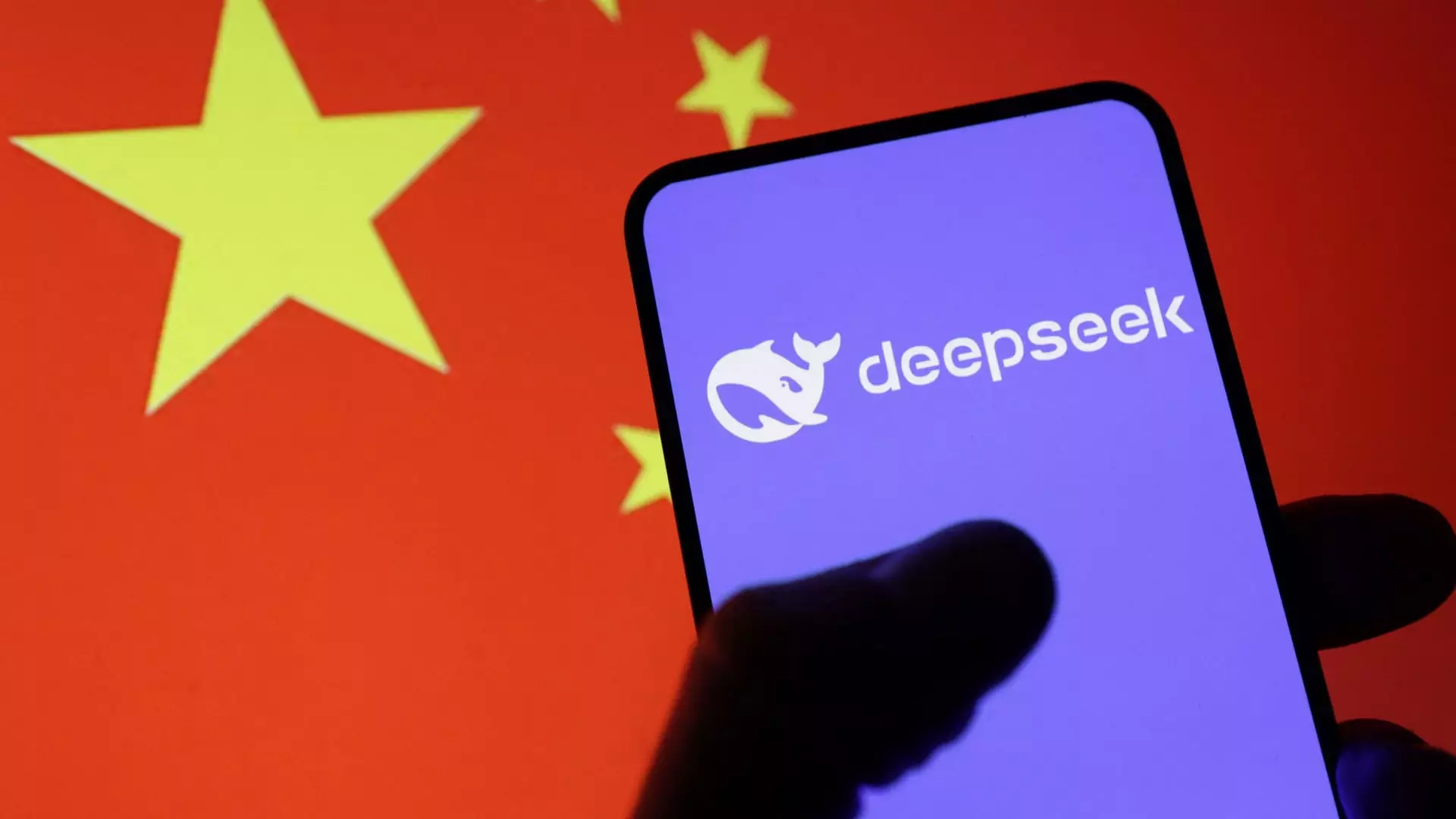In recent weeks, China’s tech giants have been riding a wave of optimism, fueled by promising AI breakthroughs and strategic business deals. Stocks like Alibaba and Baidu have surged, signaling investor belief in China’s burgeoning technological independence. Huawei proudly asserts its superior AI chip systems, even claiming to outperform Nvidia. Yet beneath this veneer of triumph lies a fragile ecosystem, wavering amidst government restrictions and uncertain global trade dynamics. The narrative of China’s technological ascendancy is overly simplistic; it masks deep-rooted vulnerabilities and a reliance on foreign technology that Beijing publicly condemns but privately depends upon. While official rhetoric champions self-reliance, the reality remains that China’s innovation, at least for now, hinges on external hardware and intellectual property—an uncomfortable truth that challenges the narrative of a swift decoupling.
The Politicization of Tech Development
The Chinese government’s recent moves to restrict its own domestic entities from purchasing Nvidia chips unmask a layered strategy. On the surface, these measures aim to foster indigenous chip development and reduce vulnerability to U.S. sanctions. But a closer inspection suggests they are also designed to send political signals amid tense trade negotiations. The decision to curb Nvidia’s influence reflects Beijing’s ambivalence: a desire to cultivate domestic champions like SMIC and Baidu, but an acknowledgment of the current technological gap. This political gambit complicates China’s AI ambitions—while it may bolster national pride, it risks strangling the very innovation it seeks to accelerate. Relying heavily on internal R&D without sufficient external cooperation might slow progress, leaving China’s chip ecosystem in a state of accelerated but incomplete growth.
Chinese Companies Navigating U.S. Restrictions
Despite the stiff restrictions, Chinese firms like Alibaba, Tencent, and Baidu seem to be weathering the storm—at least momentarily. Market analysts suggest these companies still have access to Nvidia-based computing infrastructure overseas, which keeps their AI development semi-functional. However, this leniency is temporary, and the long-term implications are unsettling. China’s push to domesticize chips is commendable, yet it remains a work in progress. Domestic alternatives are emerging, but “good enough” is a far cry from world-class performance. The risk is that, without access to cutting-edge hardware, Chinese AI might plateau in capability, undermining ambitions to rival Western Silicon Valley. The hope that local suppliers can quickly supplant foreign giants is overly optimistic; real innovation takes time, investment, and a global talent pool—resources that China still struggles to one hundred percent control.
The Broader Ambitions: Turning Words into Reality
Beijing’s long-range vision of self-sufficiency in technology reflects a strategic shift that prioritizes independence in critical components—sensors, motors, batteries, and chips. While promising in principle, this is a marathon, not a sprint. The recent focus on developing local manufacturing hubs may lead to increased cost pressures and uneven quality standards. The Chinese government’s push for localization is partly a defensive maneuver but also an offensive one—aiming to dominate global supply chains and challenge established Western leaders. Progress in AI and robotics, exemplified by companies like Xpeng and Inovance, reveals an industry in transition—eager to leapfrog traditional hardware limitations. Yet, these companies are still nascent, and their success hinges not only on technological breakthroughs but also on regulatory stability and access to global markets.
Assessing the Reality Behind the Hype
The narrative of China’s AI-led technological awakening bears signs of overreach. While national pride and strategic intent are undeniable, the actual technological landscape remains uneven. The reliance on foreign chips, the slow march towards self-sufficiency, and the political risks associated with restriction-driven innovation paint a picture less of a rising superpower and more of an industry grappling with its own contradictions. The overarching question is whether China’s current trajectory will result in genuine, sustainable leadership in AI, or whether it is merely a carefully crafted illusion—a facade built on shortsighted policies and unfulfilled promises. True innovation demands openness, collaboration, and a willingness to learn from others, qualities that China’s current approach risks undermining if it stubbornly insists on total independence.
In the end, China’s technological surge isn’t a story of inevitable dominance but a testament to a nation stubbornly trying to buy time, shroud vulnerabilities, and project strength—tactics that, whether successful or not, will fundamentally shape the global tech landscape in the years to come.

